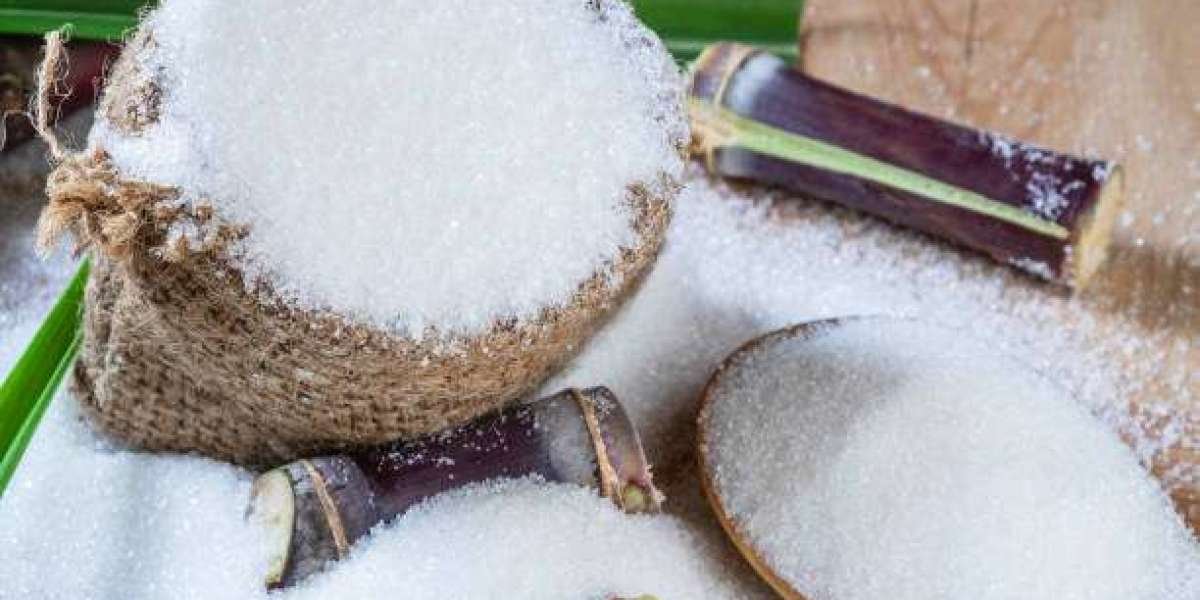Industrial sugar is more than just a sweetener — it’s an essential commodity in various industries, from food and beverage manufacturing to pharmaceuticals. Its use spans an array of applications, including confectionery, bakery items, dairy products, beverages, and medicinal syrups. As global trade expands and food processing technology advances, the demand for industrial sugar is witnessing notable growth.
The Industrial Sugar Market is set to benefit significantly from the economic progress of emerging nations. Rising disposable incomes, changing dietary preferences, and the expansion of modern retail are driving higher consumption of processed foods, many of which require sugar as a primary ingredient. Additionally, government investments in agriculture and food infrastructure are ensuring a stable supply of raw sugar for industrial use.
Asia-Pacific is one of the most promising regions for growth, with countries like India and China leading in both production and consumption. In these nations, traditional diets are evolving to include more packaged and ready-to-eat meals, creating a sustained demand for sugar. Similarly, Africa’s growing middle class and increased investment in manufacturing are creating fresh opportunities for sugar producers.
However, the market also faces challenges, particularly from health advocacy groups promoting reduced sugar intake. This has spurred innovation in sugar processing and the development of blends that lower calorie content without compromising taste. Producers are also investing in more sustainable and eco-friendly production methods to meet consumer and regulatory expectations.
In conclusion, while health-conscious trends will shape market strategies, industrial sugar’s indispensable role in multiple sectors ensures continued demand. For stakeholders, targeting emerging economies and adopting innovative practices will be key to capturing future growth.



